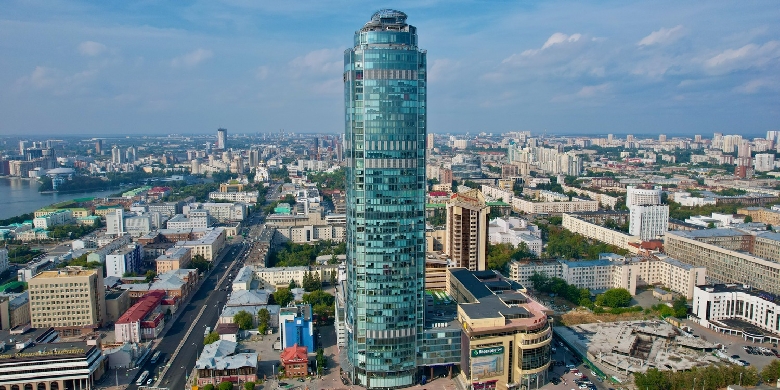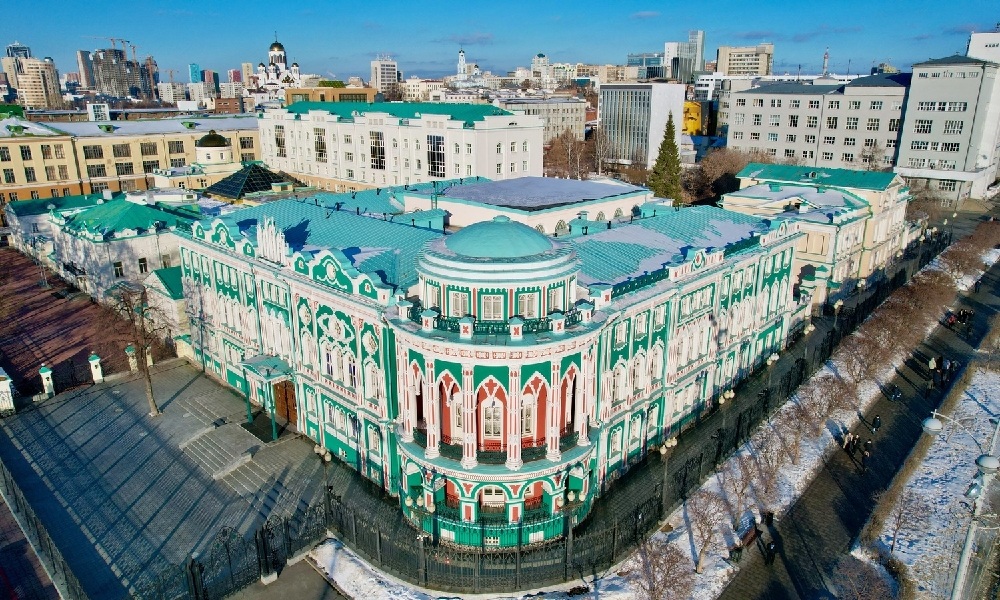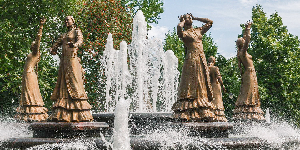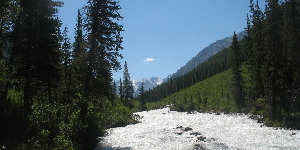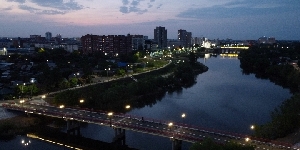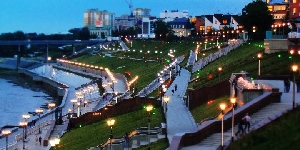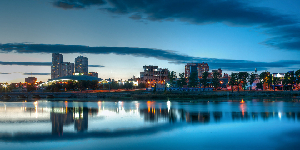Geography. The region is located on the Eastern slopes of the Middle and partially North Urals and in the adjacent territories of the West Siberian Plain. The boundary between Europe and Asia runs through the region. Thirty-five percent of the territory is occupied by mountains, and the remaining territory – by plains. The area is 194,300 km2.
Climate. The climate is continental; the amount of precipitations is around 500 mm per year.
Average temperature
- −16 …−20°C in January
- +19 … +20°C in July
Population
Economy. The leading industries are ferrous and non-ferrous metal industries (copper, aluminum, nickel production), mechanical engineering. chemical, forest, woodworking, and light industries are also well developed.
Logistics. The Sverdlovsk Region is an important transport hub – it is crossed by nationwide railways, highways and airways. The density of the railway and highway network exceeds national averages.
- Koltsovo International Airport in Ekaterinburg
- The railway station in Ekaterinburg
Tourist attractions
- The Leaning Tower of Nevyansk was built in the 1720s. It is located in the center of the town of the same name. It is more than 57 meters high, and the vertical deviation on the peak is 1.85 meters. The question remains open whether the tilt was the designer’s plan or resulted from a calculation error. The indoor premises are rather cramped, and the staircases do not have any banisters.
- Europe-Asia Obelisk. For the first time, a memorable post in the place, where the two parts of the world meet, was installed as early as 1837. Several decades later, it was replaced by a sturdier structure – a marble obelisk standing on a stone pedestal. Its top was crowned with a double-headed eagle. Now it resembles its predecessor.
- Palkino Stone Tents are located in the neighborhood of Ekaterinburg. The skerries are up to 15 meters high. There are a lot of modern and rather old petroglyphs here. The slopes are covered with forests, and the tops look like ridges. There is a hollowed-out sacrificial bowl on one of the cliffs, which gave the cliff its name.
The capital – the city of Ekaterinburg – is the largest administrative, cultural, scientific and educational center in Ural. It is Russia's fourth-largest city by population – 1 539,371 people. It was founded in 1723.
